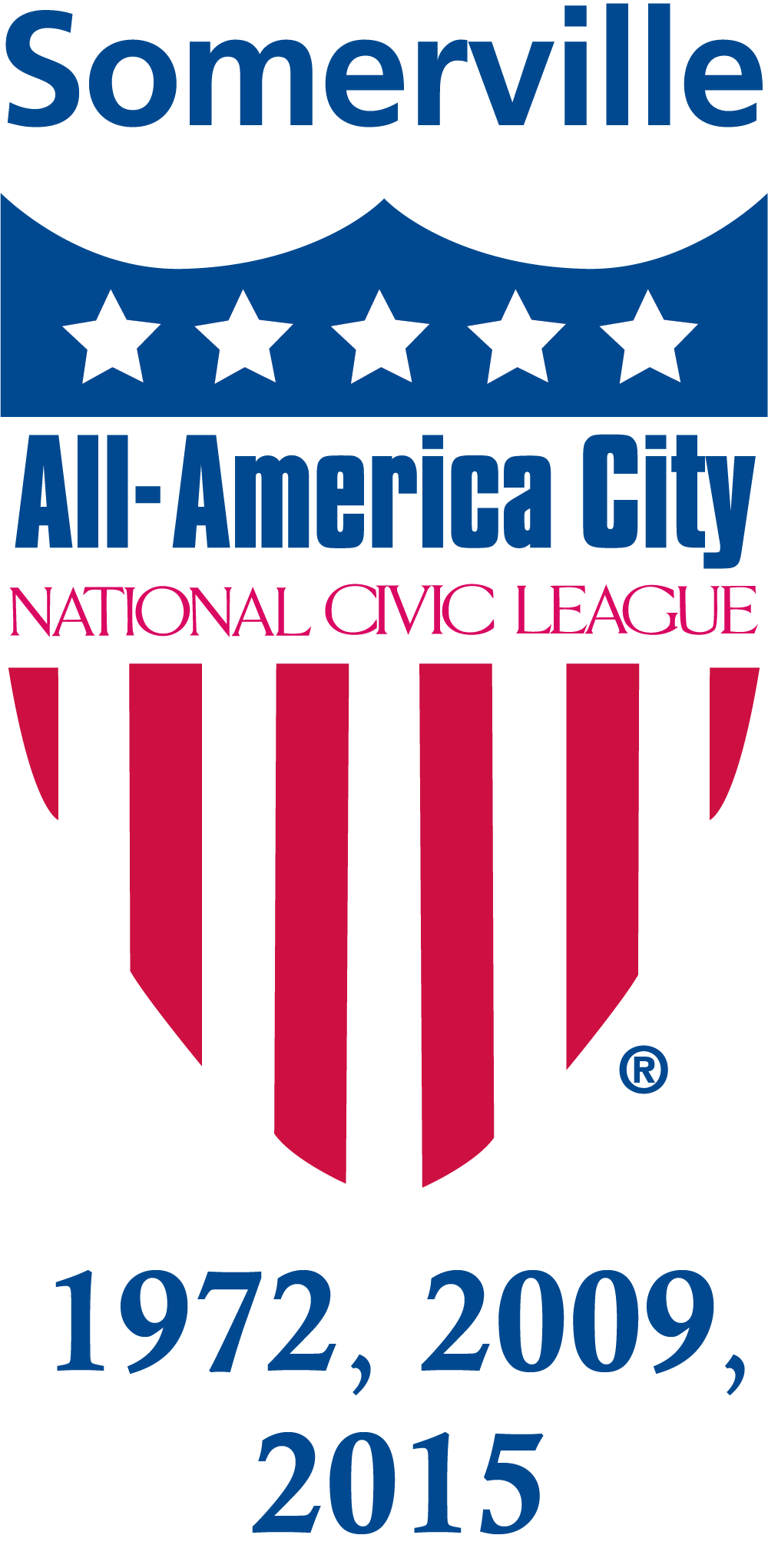City of Somerville, Massachusetts

Somerville is home to a diverse mix of 79,815 blue-collar families, young professionals, college students, and recent immigrants from a range of countries, including El Salvador, Haiti, and Brazil. With its ethnic diversity, thriving arts and entertainment scene, proximity to Boston, and new mixed-use development, Somerville has seen its appeal grow in recent years.
The City of Somerville assists residents with a wide range of services and amenities. Somerville was the first Massachusetts community to use 311, a customer-service helpline, and the first city in the U.S. to use both 311 and Connect-CTY, the reverse 911 program for important messages. The city also uses SomerStat, a data-driven government management platform. In 2006, the Boston Globe named Somerville the "best-run city in Massachusetts," thanks to its innovative use of new technology to improve constituent service and government efficiency. The National Civic League gave Somerville All-America City awards in 1972, 2009, and 2015.
Somerville At A Glance
- The city is one of the most ethnically-diverse cities in the U.S., with more than 50 languages spoken in Somerville Public Schools.
- After New York City, Somerville has more artists per capita than any other U.S. city. The highlight of the annual arts calendar is the weekend-long ArtBeat Festival in Davis Square hosted by the Somerville Arts Council.
- Somerville is known for its more than 20 City squares, each of which defines neighborhood boundaries and offers its own unique mix of housing and businesses. From the historic Somerville Theater anchoring Davis Square to neighborhood eateries in Ball and Magoun Squares to Union Square's Bow market, each is its own, walkable neighborhood. Somerville’s latest destination is Assembly Row, a reimagining of Assembly Square into a “live, work, play” destination that opened in 2014.
History
Measuring just over four square miles, Somerville has historically punched above its weight and occupied a key place in the region’s history. Somerville was first settled as a part of Boston’s Charlestown in 1630. Somerville, which was rural at the time, separated from rapidly urbanizing Charlestown and became a town in 1842. By 1872, Somerville was incorporated to better serve its own rapid urbanization and population growth.
Somerville’s location two miles north of Boston made it strategically important during the American Revolution. Some of the most distinct ruins in Massachusetts are located at the historic Powder House, which was used to store gunpowder for Revolutionary War soldiers. Paul Revere’s famous midnight ride from Boston to Lexington and Concord after the British invaded in 1775 passed through Somerville. On Jan. 1, 1776, General George Washington ordered the Grand Union Flag to be raised over Prospect Hill for the first time.
Programs & Initiatives
Feedback
Please submit website feedback using this form. Be sure to include:
Thank you for your feedback!

